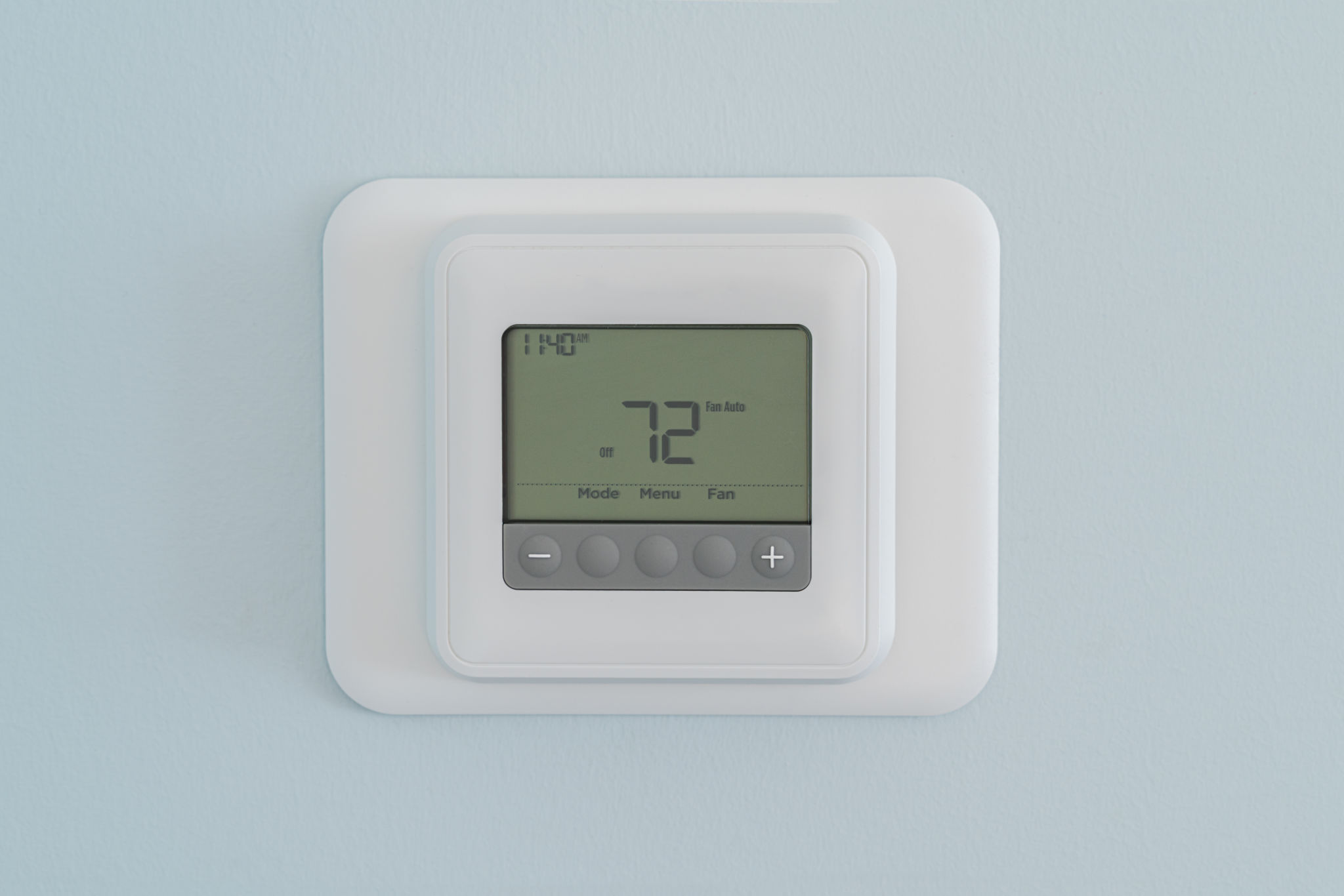DIY Smart Home Installation: What You Need to Know Before You Start
AD
Understanding Your Needs and Goals
The first step in a successful DIY smart home installation is understanding what you want to achieve. Consider the specific areas of your home you want to automate. Are you focused on security, lighting, or energy efficiency? Having a clear goal will help guide your choices and ensure you invest in the right products.

Researching the Right Products
Once you have a goal in mind, it's essential to research the right products that fit your needs. There are many brands and devices on the market, each with unique features. Look for devices compatible with popular smart home ecosystems like Amazon Alexa, Google Home, or Apple HomeKit. Pay attention to user reviews and expert opinions to make informed decisions.
It's also important to consider the compatibility between different devices. Some products work best when used with devices from the same brand, while others are more versatile. Ensure that the products you choose can communicate effectively with each other to avoid potential integration issues.
Understanding Network Requirements
Your smart home devices will rely heavily on your home's Wi-Fi network. Therefore, ensuring that your network is robust enough to support multiple devices is crucial. Start by assessing the current strength and reach of your Wi-Fi signal throughout your home.

If necessary, consider upgrading your router or adding Wi-Fi extenders to eliminate dead zones. A strong and reliable network is vital for seamless communication between your devices and for maintaining consistent performance.
Installing Your Smart Devices
With your products and network ready, it's time to start installing your devices. Most smart home products come with detailed installation guides, making it easier for DIY enthusiasts. However, it is vital to follow these instructions closely to ensure everything functions as intended.
- Lighting: Smart bulbs and switches are relatively easy to install. Simply replace your existing bulbs or switches and connect them to your smart home hub or app.
- Security: For cameras and sensors, ensure they are placed strategically for maximum coverage and effectiveness.
- Thermostats: These may require some electrical knowledge, so consult the manual carefully or seek professional help if needed.
Configuring and Testing
After installation, you need to configure your devices through their respective apps. This involves setting up routines, schedules, and preferences tailored to your lifestyle. Make sure to test each device individually to confirm they are working correctly.

If you encounter any issues during setup, refer to the troubleshooting section of the product manual or seek assistance from online forums or customer support.
Ensuring Security
Securing your smart home is paramount. Begin by changing default passwords on all devices and use strong, unique passwords instead. Enable two-factor authentication where possible for an added layer of security.
Regularly update the firmware of your devices to protect against vulnerabilities. Staying updated ensures that you benefit from the latest security patches and feature improvements from manufacturers.
Enjoying Your Smart Home
Once everything is set up and running smoothly, you can begin to enjoy the convenience and efficiency of a smart home. From automating daily tasks to enhancing security, a well-installed smart home system can significantly improve your quality of life.

Remember, technology is constantly evolving, so stay informed about new products and updates that could further enhance your smart home experience. With careful planning and execution, your DIY smart home project can be rewarding and beneficial.